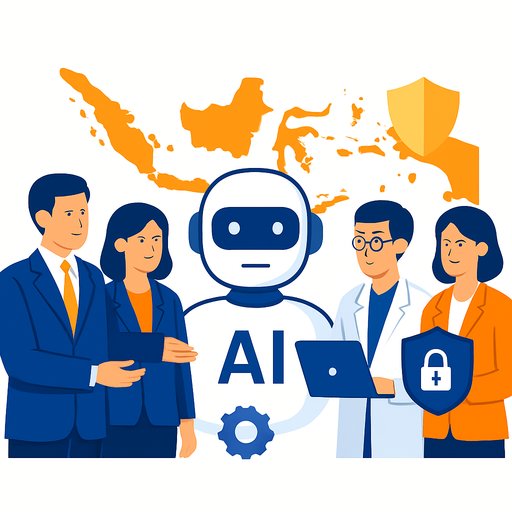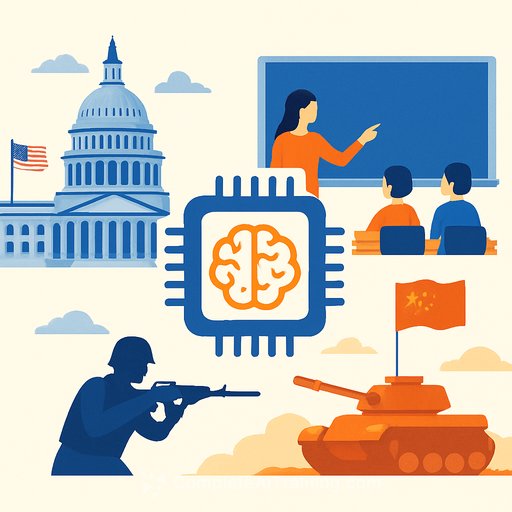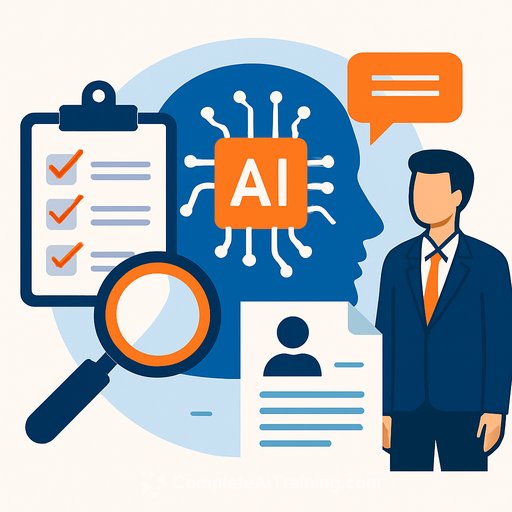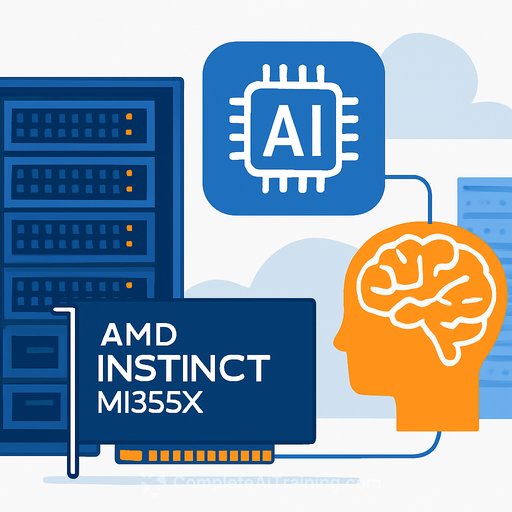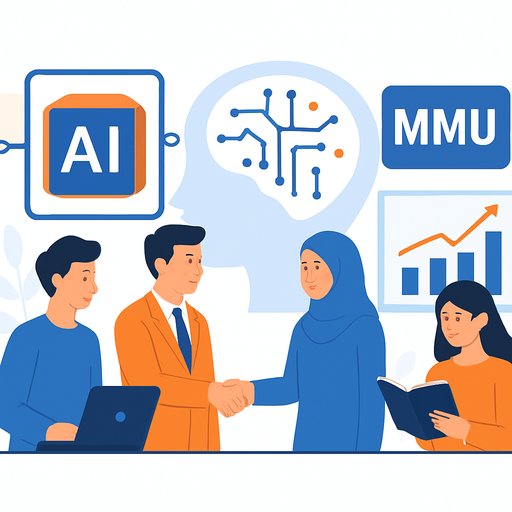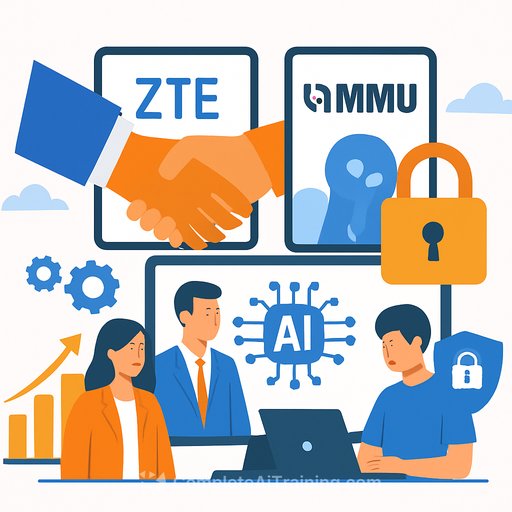Indonesia doubles down on sovereign AI: ministries sync research and talent strategy
Two ministries in Indonesia are moving in step to make AI work for national interests. Higher Education, Science, and Technology Minister Brian Yuliarto met with Communication and Digital Affairs Minister Meutya Hafid in Jakarta to push joint efforts on research, skills, and data sovereignty.
"Universities are ready to become the main driver of the development of AI talents who excel in academics and understand the context of national policies and industries," Yuliarto said. He called for tighter integration between campuses and companies so research turns into outcomes people feel in daily life.
He also underlined the need to build AI models with domestic talent, local datasets, and Indonesian infrastructure. The goal: reduce reliance on foreign platforms and keep strategic data safe.
Hafid put it plainly: "Data is an asset for the nation. We must not continue to become consumers of foreign technology. We must direct AI development to protect national interests and build systems that prioritize Indonesia," she said.
To feed the talent pipeline, the Ministry of Communication and Digital Affairs is running the AI Talent Factory with academicians and practitioners from the Indonesian diaspora and partners from MIT. The program is active at Brawijaya University in Malang and will expand to more campuses.
Why this matters for education, HR, IT, and development leaders
The message is clear: build skills locally, run models locally, and keep sensitive data on infrastructure you control. The ministries also agreed to deepen applied research in agriculture, defense, and the digital economy, with practical work in cybersecurity, satellite connectivity, and data center development.
Universities: move from research to deployment
- Rework curricula to include applied AI, data governance, MLOps, and policy literacy. Capstone projects should solve real problems with industry data.
- Stand up joint labs with companies and ministries. Share compute, datasets, and mentors; publish models and benchmarks for local use cases.
- Co-develop national datasets (agri yields, Bahasa Indonesia/Nusantara language corpora, cyber telemetry) with strict privacy and consent.
- Launch faculty-industry sabbaticals and student apprenticeships that deliver production-grade prototypes.
- Pool compute: regional GPU clusters, model registries, and secure data access for vetted teams.
HR and people leaders: build an AI job architecture
- Define roles and ladders: AI product manager, data engineer, ML engineer, model evaluator, AI ethicist, and AI security engineer.
- Stand up reskilling tracks for analysts, software engineers, and ops staff to shift into AI-adjacent roles.
- Create hiring pipelines with target universities; use apprenticeships and sponsored theses to fill hard-to-hire roles.
- Set competency frameworks and pay bands so teams scale without role confusion.
IT and engineering leaders: secure, local, and measurable
- Prioritize local deployment: private data pipelines, compliant storage, and API gateways; avoid sending sensitive data to external black boxes.
- Adopt MLOps: versioning, model cards, reproducible training, and monitoring for drift and bias.
- Bake in security: access control, audit trails, red-teaming, and incident response tied to AI systems.
- Plan infrastructure: GPU capacity, efficient data centers, and satellite/edge strategies for low-connectivity regions.
Policy and industry partners: make it practical
- Co-fund testbeds that prove value in priority sectors: agriculture, defense, and the digital economy.
- Publish evaluation standards for accuracy, safety, latency, and local-language performance.
- Modernize procurement so pilots can move to production without year-long delays.
- Protect IP while encouraging safe data sharing through trusted research environments.
Priority use cases flagged by the ministries
- Agriculture: yield forecasting, pest detection, and supply chain planning with local weather and soil data.
- Defense: anomaly detection, secure communications, and decision support under strict controls.
- Digital economy: MSME credit scoring, fraud detection, customer support automation in Bahasa Indonesia and local languages.
- Cybersecurity: threat intel fusion, intrusion detection, and automated response playbooks.
- Satellite connectivity: traffic prioritization and resilient services for remote areas.
- Data centers: energy-aware scheduling and cost controls for AI workloads.
90-day action plan
- Map critical datasets and access rights; fix consent and retention gaps.
- Sign MoUs for shared labs and compute; publish a simple governance model.
- Pick two pilots with clear ROI and risk profiles; define metrics upfront.
- Stand up a small GPU cluster or reserve cloud capacity; set MLOps basics.
- Form an evaluation board (tech, legal, ethics, security) to review models before deployment.
- Launch an internal training sprint for the first 50 practitioners and their managers.
Get skilled and keep momentum
If you're building hiring plans or curricula for AI roles, start with market-ready skills and measured outcomes. A structured catalog can help you match roles to learning paths and tools.
The direction is set: develop talent at home, build models on local data, and deploy AI where it moves the needle for citizens and industry. The teams that execute on the basics above will be the ones everyone else studies later.
Your membership also unlocks:

